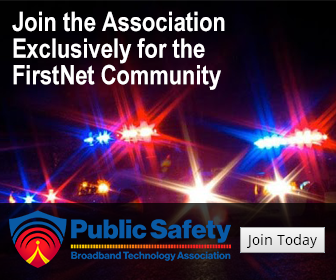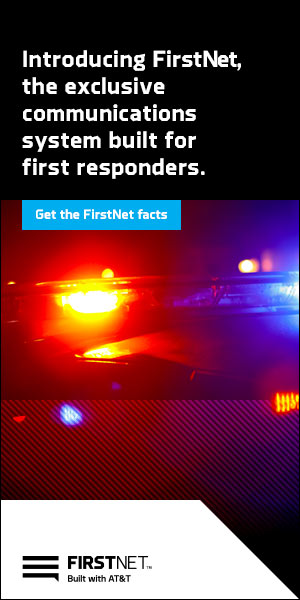by AllThingsECC.com | Jul 23, 2025 | Comm Center News
A “defect” in an operating system and not a cyberattack was the cause of the widespread 9-1-1 outage that impacted Bucks County and the entire state earlier this month.
The intermittent disruptions within Pennsylvania’s Next-Generation 9-1-1 (NG911) system were traced to an operating system flaw that affected call delivery, according to a preliminary report released by the Pennsylvania Emergency Management Agency (PEMA) on Tuesday.
by AllThingsECC.com | Jul 22, 2025 | Comm Center News
RICHMOND, Va. (WWBT) – In front of the Public Safety Standing Committee, Stephen Willoughby, the Director of Emergency Communications, Preparedness, and Response, promised his department is improving.
At the top of Willoughby’s list of improvements is a new opt-in system called “Richmond Ready Alerts.”
by AllThingsECC.com | Jul 22, 2025 | Comm Center News
CHICOPEE — Elected officials, first responders and more gathered on July 14 for the ribbon cutting ceremony of a new regional emergency communications center at the old Salter College site at 645 Shawninigan Dr.
The new center is set up to enhance and revolutionize the emergency response capabilities for the towns and cities it currently serves and allows more room for other communities to join.
by AllThingsECC.com | Jul 22, 2025 | Comm Center News
Representative Kat Cammack (R-FL) is launching the new NextGen 911 Caucus in the House of Representatives, which aims to enhance first responders’ ability to respond to calls.
As her press release explained, public safety telecommunicators (PSTs) operate in over 6,000 call centers nationwide, but face numerous challenges, not only from increased call volumes and new crises to which they must deploy first responders, but also because these calls are made on outdated technology and with insufficient staff to handle them all.
by AllThingsECC.com | Jul 22, 2025 | Comm Center News
Emergency response agencies from across North America gathered in Seattle this week for Spectrum Cyclone, a groundbreaking communications training exercise designed to bolster preparedness ahead of the 2026 FIFA World Cup and confront emerging threats in the digital and radio-frequency landscapes.


